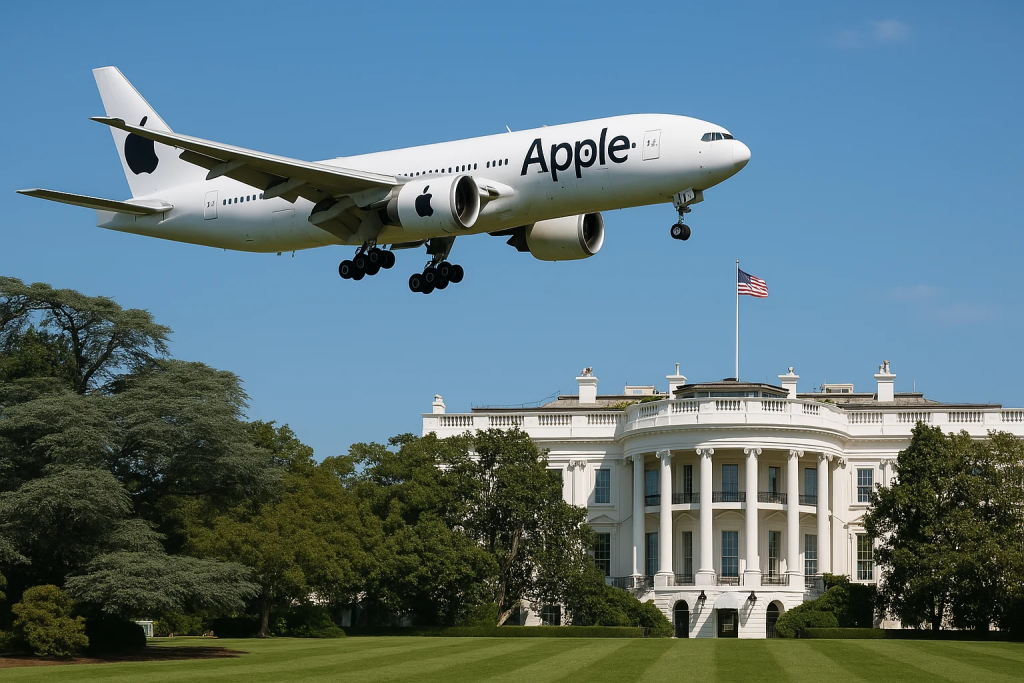Apple Beats Tariffs With iPhone Airlift From India and China
In a bold and urgent move to dodge steep new tariffs, Apple flew five cargo planes loaded with iPhones and other hardware from its manufacturing hubs in India and China to the U.S. in the final week of March 2025. The operation, confirmed by senior Indian officials and reported by The Times of India, was a high-stakes effort to beat a new 10% reciprocal tariff introduced by the Trump administration, effective April 5.
This airlift wasn’t just about staying ahead of the curve, it was about beating the curve entirely. And in the short term, it worked.

Why Apple Airlifted iPhones
The U.S. government’s new tariff structure is shaking up international supply chains. Starting April 5, a 10% duty hit imports from key countries like India and China. But that was just the beginning. The next phase, set for April 9, escalates the tariffs dramatically:
- Indian goods: 26%
- Chinese products: 54%
For a company like Apple, which sells tens of millions of iPhones in the U.S. each year, that kind of tax spike translates to billions in potential cost increases. Airfreighting devices ahead of the deadline allowed the company to temporarily stockpile tariff-free inventory in U.S. warehouses, buying time to re-strategize.
India’s Expanding Role in Apple’s Supply Chain
India is no longer just a backup option in Apple’s global manufacturing map, it’s becoming central. In 2025, India is set to produce 25 million iPhones, with around 10 million typically sold within the country. The remaining 15 million units are now a key buffer in Apple’s tariff mitigation strategy.
- India currently handles 10–15% of global iPhone production.
- Apple aims to scale that up to 25% by the end of 2025.
- Redirecting Indian-made iPhones to the U.S. could potentially cover nearly half of domestic iPhone demand.
India’s 27% tariff is still costly, but it’s half the burden of China’s 54% rate, making it the lesser evil in the shifting trade landscape.
What This Means for Apple’s Long-Term Strategy
Apple’s airlift was a short-term fix. The bigger question: how does the company adapt to an evolving tariff war that shows no signs of cooling down?
Here’s what Apple is doing next:
- Increasing output in India to reduce dependence on China.
- Lobbying for tariff exemptions and seeking political leeway.
- Ruling out large-scale U.S. manufacturing, which would drive iPhone prices as high as $3,500 per device, according to internal estimates.
- Monitoring multi-country production shifts, leveraging lower-tariff nations where feasible.
The Bigger Picture
Apple’s dramatic airlift is a headline-grabbing example of how global tech giants are being forced to play defense in a rapidly changing geopolitical trade game. The shift from just-in-time logistics to just-in-case stockpiling could become more common if tariff threats persist.
This isn’t just about Apple, it’s a case study in how the world’s most valuable company adapts to global trade shocks in real time, all while keeping up with product launches, consumer demand, and investor expectations.
In short: Apple didn’t just ship iPhones, they shipped a message.